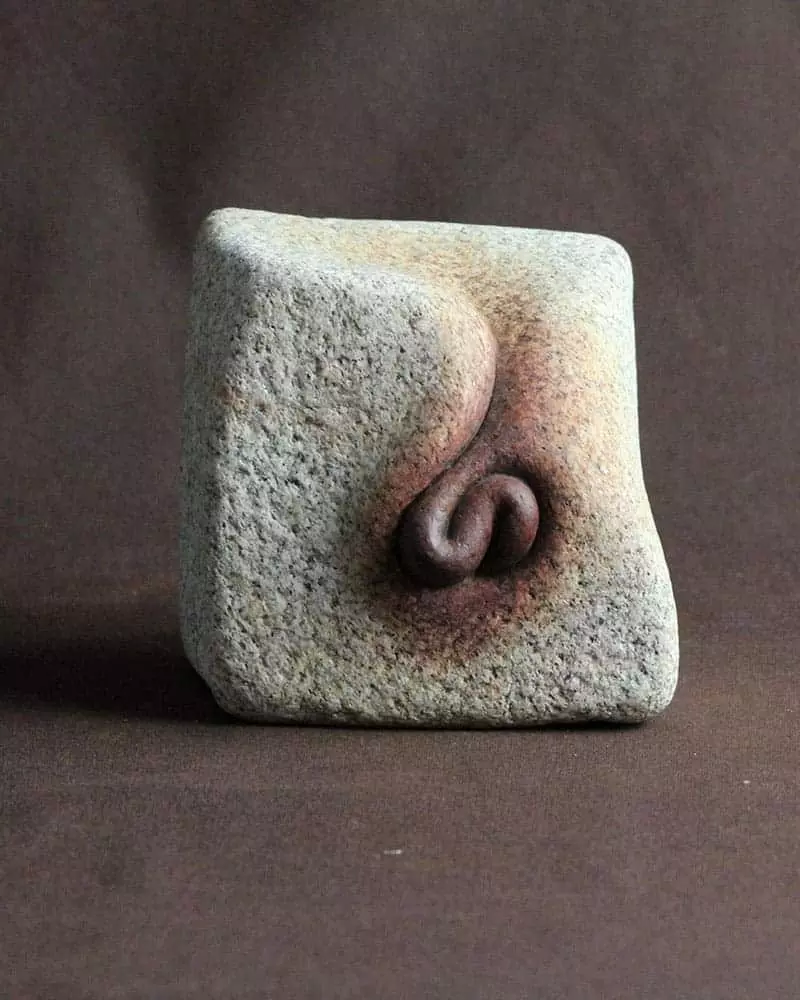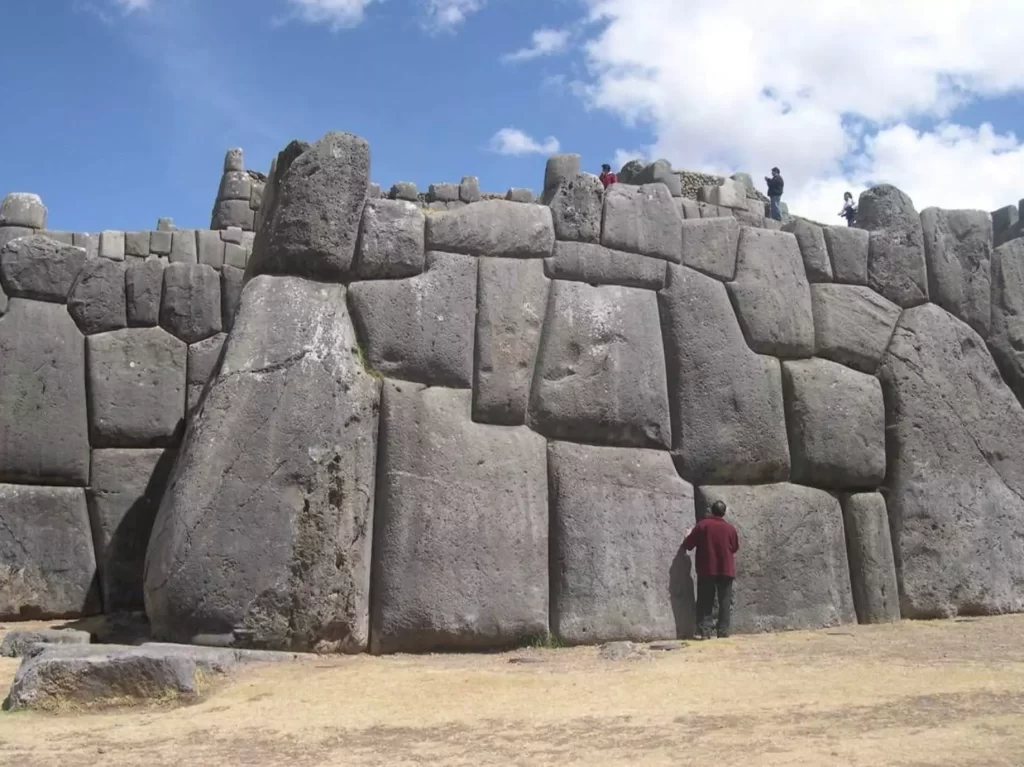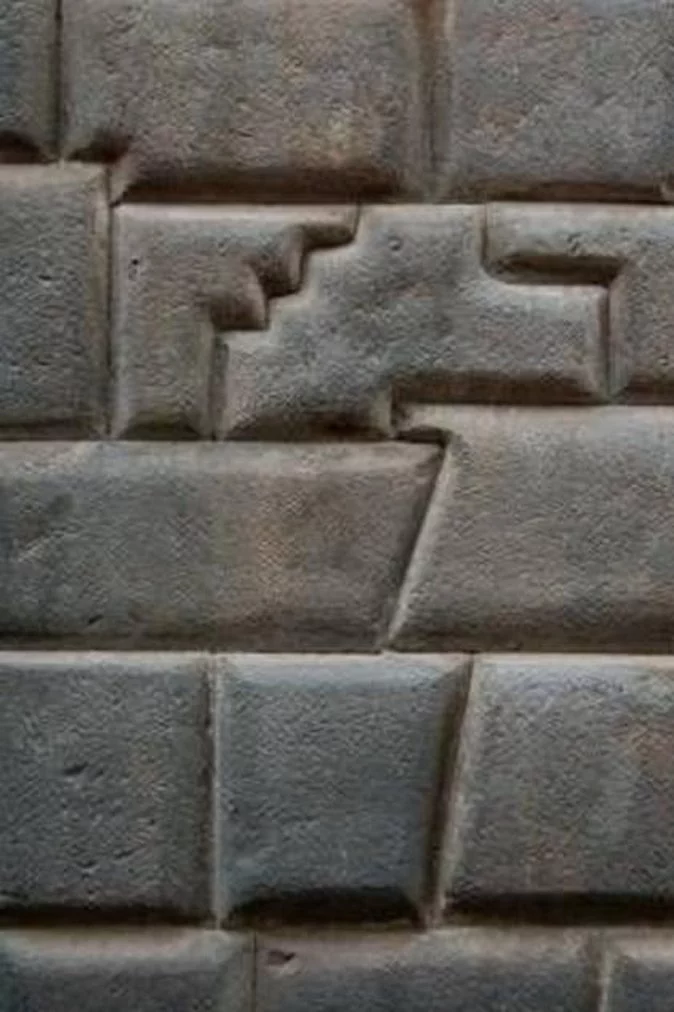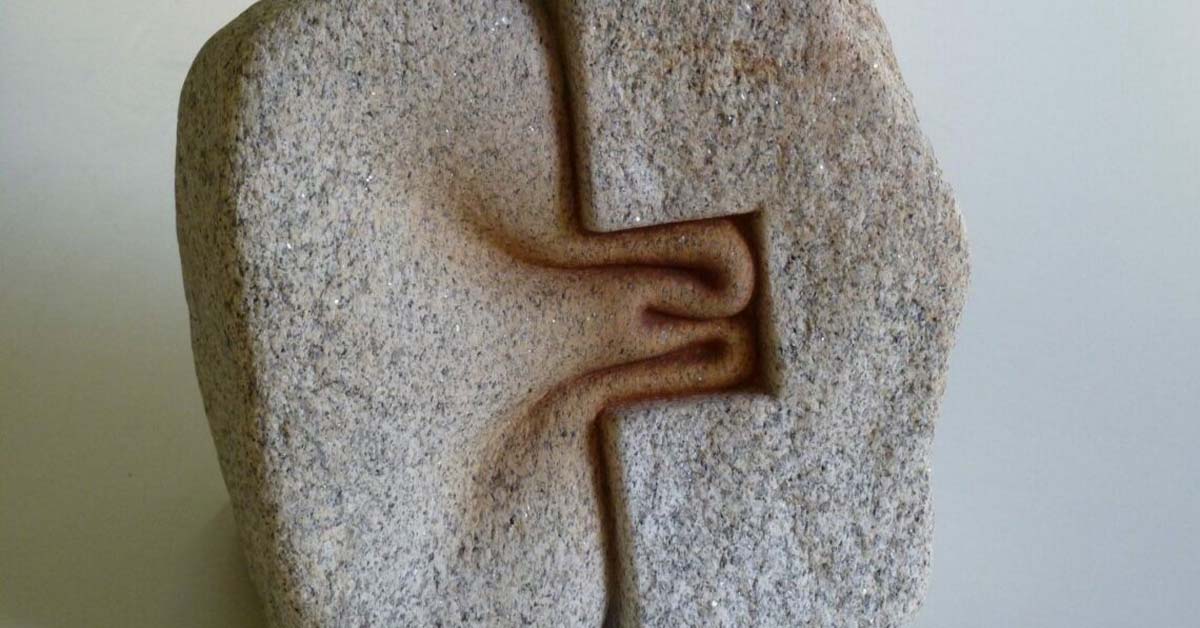Could Ancient Peruvians Really Know How To Melt Stone Blocks?
If a Spanish craftsman could carve stone to look like this in today’s world, why not the ancient Peruvians? The idea of plant matter melting stone seems improbable, yet theories and science abound.

Scientists and archaeologists are trying to determine how such strange ancient Peruvian constructions as the Saxehuaman Complex were built.
These amazing buildings are made of massive stones which our contemporary gears cannot move or arrange appropriately.
Is the solution to the puzzle a specific plant that allowed the ancient Peruvians to soften stone, or were they familiar with mysterious advanced older technology that could liquefy stone?
According to investigators Jan Pieter de Jong, Christopher Jordan and Jesus Gamarra, the stone walls in Cuzco show traces of being heated to a high temperature and are glass-like on the outside – and exceedingly smooth.
In Spain an artist can create works of art that appear to have been created by softening the stone and carving it into a grand piece. They appear to be completely capricious. I was about to say mindlessly, but I didn’t.
Based on this observation, Jong, Jordan and Gamarra conclude that “some kind of high-tech device was used to melt the stone blocks, which were then placed and shaped into hard, sawn-off polygonal blocks.”
The sides were allowed to cool next to those that were already in place. The new stone would rest precisely against these stones, but the granite would have its own separate block, after which more blocks would be placed around it and set into the wall. will “melt” into their interlocking position.
“In theory, there would still be power saws and drills that would cut and shape the blocks as the walls were assembled,” writes David Hatcher Childress in his book Ancient Techniques of Peru and Bolivia.
According to Jong and Jordan, various ancient civilizations around the world were familiar with high-tech stone melting techniques.
They also say that “the stones on some of the ancient streets in Cuzco have been fractured by some high temperature to give them their characteristic glassy texture”.
According to Jordan, de Jong and Gamarra, “the temperature must have reached 1,100 °C, and other ancient sites near Cuzco, notably Saxayhuman and Cuenco, have shown signs of vitrification.”

There is also evidence that the ancient Peruvians had access to a plant whose fluids softened the rock, allowing it to be molded into tight-fitting masonry.
Colonel Fawcett described in his book Exploration Fawcett how he had heard that the stones were put together using a solvent that softened the stone to the consistency of clay.
Colonel Fawcett told how he had learned that the stones were held together by a liquid which softened the stone to the consistency of clay.
In the footnotes to his father’s book, Brian Fawcett relates the following story: While a friend of his worked at a mining site at Cerro de Pasco in central Peru at an altitude of 14,000 feet, he discovered an Incan or pre-Incan burial. Jar was discovered.
He opened the jar, understanding it to be an alcoholic drink, chicha, and broke the ancient wax seal still intact. Later, the jar is pushed and accidentally falls over a cliff.
Fawcett said: “About ten minutes later I leaned over the rock and stared blankly at the spilled liquid. It was no longer liquid; the whole place where it was, and the rock beneath it, were as soft as wet cement! It was as if the stone had melted like wax under the influence of heat”.
Fawcett believed the plant could be found near the Chancho district of the Pyrenean River, and he described it as having reddish-brown leaves and standing about a foot tall.
Another account is given by a researcher studying a rare bird in the Amazon. He saw that she was rubbing the rock with a twig to make a nest.

The fluid coming out of the twig melts the rock, creating a hole through which the bird can build its nest.
Some may find it hard to believe that ancient Peruvians could use plant sap to build amazing temples like the Sashuahuaman.
Modern archaeologists and scientists are amazed at how such massive constructions were built in Peru and other regions of the world.




